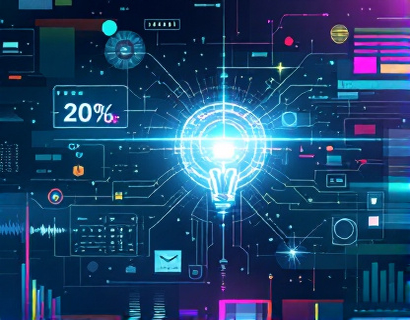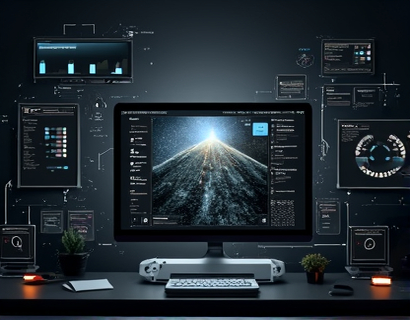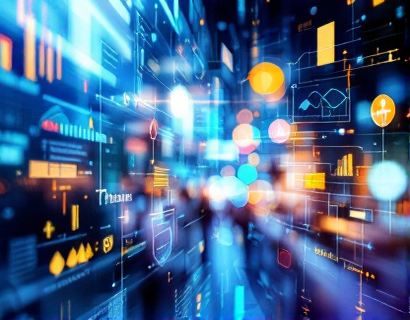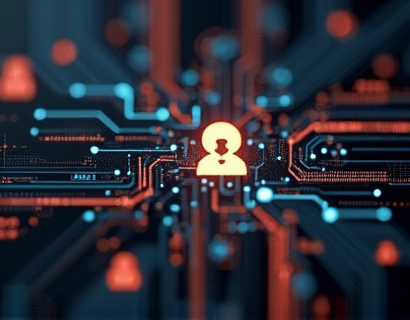Empowering Lifelong Learners: Accessible Educational Resources and Interactive Tools for Personal Growth
In today's rapidly evolving world, the pursuit of knowledge knows no bounds. The concept of lifelong learning has gained significant traction, emphasizing the importance of continuous education and personal development. For students and lifelong learners seeking accessible educational resources, the digital landscape offers a wealth of opportunities. This article delves into the significance of accessible learning resources and interactive tools that can transform and enrich the educational journey.
The foundation of a robust educational experience lies in the availability of diverse and accessible materials. Traditional learning environments often rely on physical books and printed resources, which can be limiting for many. The shift towards digital platforms has democratized access to knowledge, making it possible for individuals from all walks of life to engage with high-quality educational content. An comprehensive digital library serves as a cornerstone for fostering personal growth and a passion for lifelong learning.
Accessible learning resources are designed to cater to a wide range of needs and preferences. These resources include articles, e-books, interactive courses, and multimedia content, all carefully curated to enhance the learning experience. The key to an effective digital library is the diversity and quality of its content. By offering a broad spectrum of topics and formats, learners can find materials that align with their interests and learning styles, thereby increasing engagement and retention.
One of the most significant advantages of digital educational resources is their accessibility. For individuals with disabilities, traditional learning materials can pose substantial barriers. Digital platforms can overcome these challenges by incorporating features such as text-to-speech, adjustable font sizes, and screen reader compatibility. These tools ensure that everyone has equal access to educational content, promoting inclusivity and equal opportunities for learning.
Interactive tools play a crucial role in enhancing the educational experience. Unlike passive consumption of information, interactive tools engage learners actively, promoting deeper understanding and retention. Simulations, quizzes, and gamified learning experiences are just a few examples of how interactivity can make learning more enjoyable and effective. These tools not only make the learning process more engaging but also help learners apply theoretical knowledge in practical scenarios.
The benefits of accessible educational resources extend beyond individual learners to the broader community. By providing a rich repository of knowledge, digital libraries contribute to the collective advancement of society. Educated individuals are better equipped to contribute to their communities, drive innovation, and address global challenges. Moreover, accessible resources empower learners to pursue their passions and interests, regardless of their background or circumstances.
For students, the availability of diverse educational resources can significantly impact their academic success and personal development. Access to a wide range of materials allows students to explore different subjects and disciplines, helping them discover their strengths and interests. Interactive tools and multimedia content can also cater to various learning styles, ensuring that each student has the opportunity to thrive. This personalized approach to learning can lead to higher motivation and better academic outcomes.
Lifelong learners, on the other hand, benefit from the flexibility and convenience offered by digital platforms. Life often demands a balance between work, family, and personal pursuits, making traditional classroom settings challenging to navigate. Online resources provide the flexibility needed to fit learning into busy schedules. Whether it's a few minutes spent reading an article or completing a short course, digital libraries enable learners to progress at their own pace and on their own terms.
The curation of educational content is a critical aspect of any digital library. High-quality, relevant, and up-to-date materials are essential for a valuable learning experience. Curators must consider the credibility of sources, the relevance to current trends, and the diversity of perspectives. By carefully selecting and organizing content, digital libraries can guide learners towards reliable and enriching resources. This curation process also helps in identifying gaps in existing materials, paving the way for the creation of new and innovative educational content.
Interactive tools are not limited to individual learning; they can also facilitate collaborative learning experiences. Online forums, discussion boards, and collaborative projects enable learners to connect with peers and experts from around the world. These interactions foster a sense of community and provide opportunities for knowledge exchange and mutual support. Collaborative learning can enhance understanding, encourage critical thinking, and expose learners to different viewpoints and approaches.
Technology continues to evolve, and with it, the possibilities for educational innovation. Artificial intelligence and machine learning are beginning to play a role in personalized learning. Adaptive learning platforms use data analytics to tailor content to individual learners' needs and progress. This personalized approach can help identify areas where a learner may need additional support, providing targeted resources and interventions. Such technologies have the potential to revolutionize education, making it more efficient and effective.
Despite the numerous advantages of digital educational resources, it is important to address potential challenges. One common concern is the digital divide, where access to technology and the internet remains limited for certain populations. Efforts to bridge this gap are crucial to ensure that the benefits of digital learning are accessible to all. Initiatives such as providing affordable internet access, distributing devices to underserved communities, and creating offline-accessible content can help mitigate these issues.
Another challenge is the overwhelming amount of information available online. With so many resources at their fingertips, learners can sometimes feel overwhelmed or struggle to find reliable sources. Digital libraries can help by providing structured navigation, clear categorization, and trusted curation. Educators and subject matter experts can play a vital role in recommending high-quality resources and guiding learners through the vast sea of information.
In conclusion, accessible educational resources and interactive tools are powerful tools for personal growth and lifelong learning. They offer a flexible, inclusive, and enriching learning experience that can transform lives. By leveraging the potential of digital platforms, individuals can overcome barriers, explore new interests, and achieve their educational goals. As technology continues to advance, the future of education looks brighter, with endless possibilities for those who embrace the journey of lifelong learning.










































